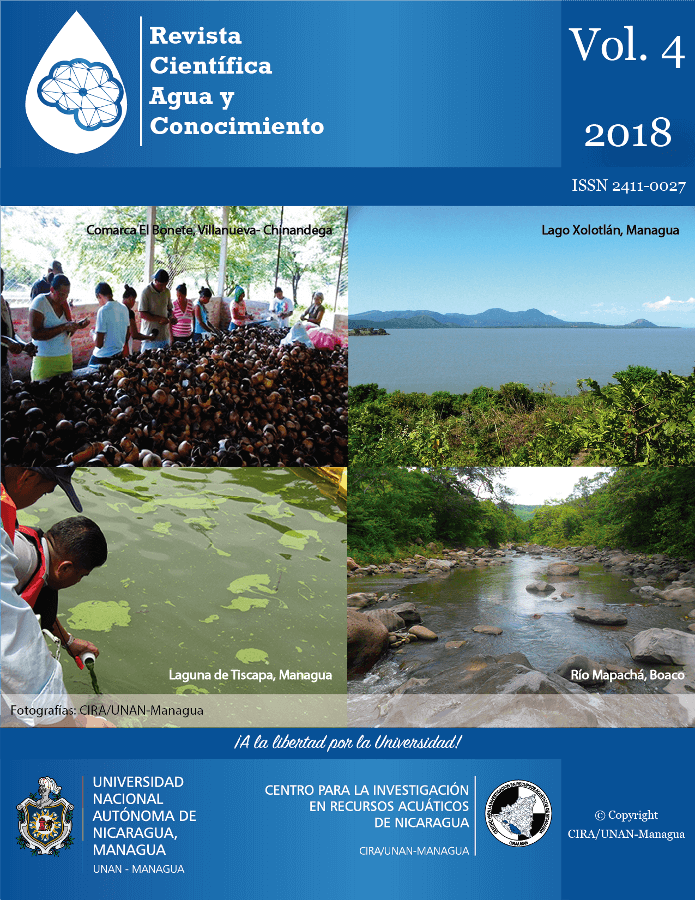Aplicación de la técnica nuclear de Cesio - 137 para estimar la erosión de los suelos en la subcuenca del Río Ochomogo
Abstract
The use of radiactive contamination of 137Cs (Cesium - 137) in the atmosphere has been used as a tracer in this study for the estimation of erosion and know its redistribution in soil profiles located in the sub-basin of the Ochomogo river. 10 subsamples of soil profiles were randomly collected in five study sites and two reference sites in the two study areas. The selected soils are used for different crops as sugar cane, rice, plantain, corn and cattle grazing. The samples were collected on profiles of 0-5 cm, 5-10 cm, 10-20 cm and 20-30 cm, totaling 28 samples that were analyzed in a gamma spectrometer. From the activities of 137Cs, the inventory for each sample was calculated and the soil loss were determined applying "the proportional model". Activities of 137Cs were recorded from undetectable up to 0.72 Bq kg-1 and inventories of up to 114.81 Bq m-2. The results of the 137Cs measurements showed that the activity in the soils of the study sites is strongly conditioned by the use and soil type. Soils that had more erosion in descending order are used for the cultivation of corn, sugar cane, plantains, grass for cattle and rice. In general, the values of soil losses estimated in the analyzed profiles correspond to the classification of null or light erosion according to established international guidelines. All the estimates calculated for the soils in the study areas imply the importance of the erosion process that can become a major environmental problem in the sub-basin.
Keywords: Erosion, 137Cs, Activity of 137Cs.


